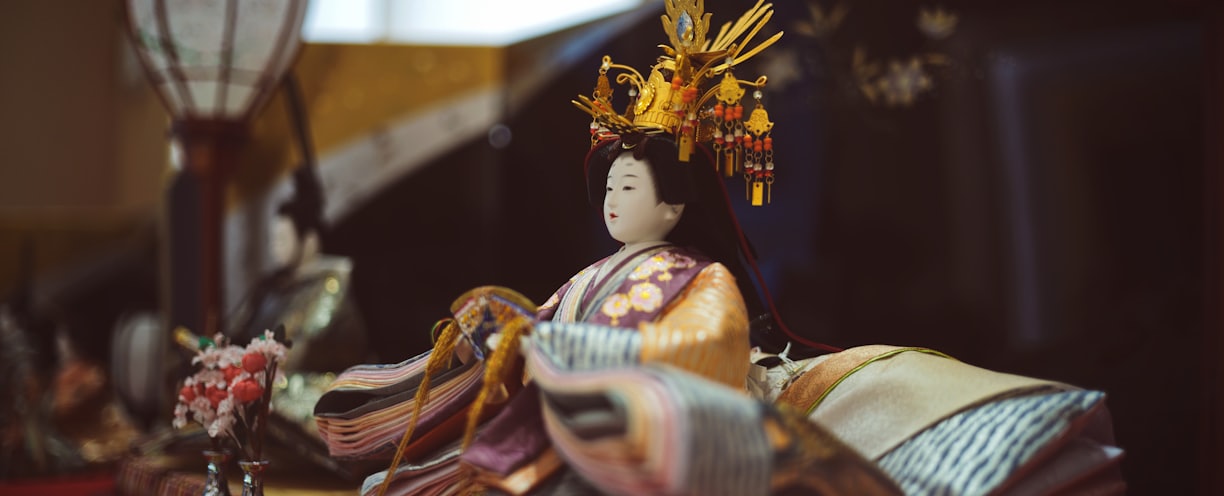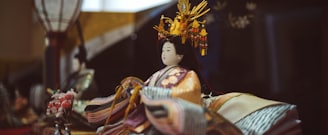

Hinamatsuri
Girls day
Hello after a long (a month-long!) break! Today, I’d like to introduce you to another intriguing Japanese festival that isn’t well known in Europe. On March third, “Hinamatsuri” takes place, also known as the “Doll Festival” or “Girls' Day.” Although it's considered a holiday, similar to Setsubun, it is not a bank holiday. This is because there is a separate Children's Day celebrated in Japan on 5th of May. This makes sense when we consider the history of both holidays. Hinamatsuri is a festival exclusively for girls. In the past, however, Children's Day was known as "Boys' Day." Nowadays on Children's Day, both boys and girls celebrated (there is no "Boys Day"). However Hinamatsuri has maintained its traditional form.
The most recognizable symbol of this day is the distinct multi-tiered display with traditional dolls. The festival's name comes from these dolls, as “Hina” (雛, or 雛人形 "Hina doll") refers to a special type of doll. It's crucial to note that these aren't just any random figurines. Each has a specific position and appearance! Furthermore, the display on which they are arranged can have up to seven tiers (no more!). The more tiers, the higher the family’s status. This is also because the traditional figurines are extremely expensive. A single doll can cost anywhere from $1500-2500!!! Of course, there are also more affordable types of dolls available today...
The entire collection features the emperor, the empress, and their court (or in another version – a young couple and a wedding). The imperial couple occupies the first, highest, and most important tier. On the next tier are three court ladies serving sake to the imperial couple. The third tier houses five musicians. The fourth is reserved for two imperial ministers/bodyguards, with one depicted as young and the other as older man. The fifth tier holds three aides/bodyguards. Finally, the sixth and seventh tiers are solely for accessories, tools, and furniture.
The doll display should be set up a few days before Hinamatsuri itself, and tradition dictates that it should be put away the day after. This is tied to the belief that a girl whose dolls are put away late will marry late. Of course, this custom is increasingly less observed nowadays, and dolls are often left out for longer... or maybe girls just want to marry later, which is not a bad idea.
In addition to the dolls, there are other symbols of this holiday. One is peach blossoms, as the festival historically coincided with the blooming of these trees. Another is mochi rice cakes, shaped like rectangles or diamonds. Of course, depending on the region of Japan, there are variations related to this festival, such as the arrangement of the dolls (the empress on the left or right side).
I think this holiday is one of the fascinating examples of Japanese tradition that’s definitely worth exploring.